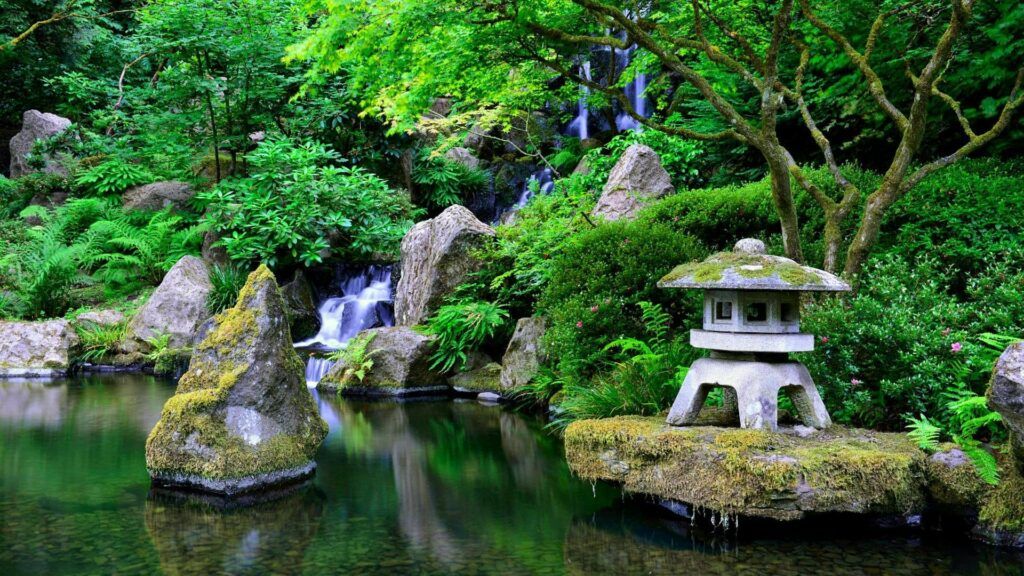
Introduction
Shintoism, one of the oldest religions in Japan, holds a deep-rooted significance in the cultural and spiritual fabric of the nation. In this article, we embark on a journey of exploration, uncovering the essence of Shintoism, its beliefs, practices, and rituals. Join us as we delve into the fascinating world of this ancient Japanese religion and gain a deeper understanding of its unique traditions.
The Origins and Beliefs of Shintoism
The Origins of Shintoism
Shintoism traces its origins back to prehistoric times when the Japanese people began worshipping natural elements and spirits. The word “Shinto” itself translates to “the way of the gods.” The religion encompasses a diverse range of beliefs and practices, celebrating the connection between humans and the natural world.
The Core Beliefs of Shintoism
At the heart of Shintoism lies the belief in kami, the divine spirits or gods that inhabit the natural elements such as mountains, rivers, and trees. Shintoists believe that these kami influence every aspect of life, and rituals and prayers are performed to seek their blessings and guidance. Shintoism emphasizes harmony with nature, purity, and gratitude for the blessings of the gods.
Rituals and Practices in Shintoism
Shinto Shrines: Sacred Spaces
Shinto shrines serve as sacred spaces where believers gather to worship and pay their respects to the kami. These shrines are characterized by their distinctive architecture, featuring red torii gates, stone lanterns, and sacred purification fountains. Visitors to the shrines often participate in rituals such as purification rites, offering prayers, and making wishes.
Matsuri: Festivals Celebrating the Gods
Matsuri, or Shinto festivals, are vibrant and joyous celebrations held throughout the year to honor the kami. These festivals are marked by lively processions, traditional music and dance performances, and elaborate rituals. Matsuri provide an opportunity for the community to come together, express gratitude, and seek blessings for various aspects of life, including agriculture, health, and prosperity.
Shintoism and Japanese Culture
Shintoism in Everyday Life
Shintoism is deeply ingrained in the daily lives of the Japanese people. Its influence can be seen in various aspects of Japanese culture, from traditional arts and crafts to the reverence for nature. Many cultural practices, such as tea ceremonies and martial arts, have their roots in Shinto traditions. Shinto beliefs also play a significant role in Japanese rites of passage, including weddings and funerals.
Shintoism and Modern Japan
Despite the rapid modernization of Japan, Shintoism remains a vital force in the country’s identity. The Japanese continue to visit shrines, participate in festivals, and seek the guidance of the kami. Shinto principles of harmony with nature and respect for ancestors are integrated into the modern Japanese way of life, showcasing the enduring legacy of this ancient religion.
FActs about Shintoism
- Shintoism believes in the concept of kami-gami, which refers to the divinity present in all things.
- Shintoism recognizes four affirmations: tradition and family, love of nature, physical cleanliness, and matsuri (festivals).
- The famous Japanese art of bonsai has its roots in Shintoism, symbolizing the harmony between humans and nature.
- Shintoism played a significant role in shaping Japan’s warrior class, the samurai, through its emphasis on honor and loyalty.
- Shintoism places great importance on ritual purity, including the cleansing of hands and mouth before entering a sacred space.
- The Kojiki and Nihon Shoki are ancient texts that document the mythology and history of Japan, including the origins of Shintoism.
- Shintoism incorporates elements of animism, believing that spirits can exist in inanimate objects and natural phenomena.
- The act of clapping hands during Shinto rituals is believed to summon the attention of the kami.
- Shintoism promotes the idea of kamigakari, which refers to being possessed by a kami during religious rituals.
- Shinto weddings often involve the exchange of sake cups to symbolize the couple’s union.
- Shintoism influenced the design and layout of Japanese cities, with shrines and natural elements integrated into urban spaces.
- The practice of sumo wrestling in Japan is deeply rooted in Shinto rituals and traditions.
- Shintoism places importance on sacred spaces, known as miyabi, which are believed to be inhabited by the kami.
- Shintoism encourages gratitude and respect for ancestors, with rituals performed to honor their spirits.
- The philosophy of wabi-sabi, appreciating the beauty of imperfection and transience, has connections to Shinto beliefs.
- Shinto priests often wear traditional clothing called joe, which includes a white robe and a headpiece called kanmuri.
- Shintoism embraces the concept of musubi, which represents the interconnectedness of all things in the universe.
- Shinto ceremonies often involve the use of sacred dances, known as kagura, performed to entertain and appease the kami.
- Shintoism played a role in the development of Japanese martial arts, emphasizing discipline, respect, and inner balance.
- Many Shinto shrines have symbolic gates called torii, which mark the transition from the profane to the sacred space.
- Shintoism recognizes the importance of natural disasters, such as earthquakes and tsunamis, as reminders of the power of kami.
- Shinto beliefs influenced the concept of “wa,” which refers to social harmony and cooperation in Japanese society.
- The concept of yin and yang in East Asian philosophy has parallels with the dualistic nature of Shintoism.
- Shintoism places importance on the idea of kotodama, believing that words possess spiritual power and should be chosen carefully.
- Shinto rituals often involve the use of sacred paper called ofuda, which is believed to provide protection and blessings.
- Shintoism has a concept known as chinju-no-saji, where people maintain a personal altar to honor their ancestral spirits.
- Shintoism encourages individuals to seek spiritual guidance and support from the kami in times of need.
- The practice of misogi, purifying the body through ritual bathing, is considered a form of spiritual cleansing in Shintoism.
- Shintoism influenced the development of various traditional Japanese arts, including Noh theater and tea ceremonies.



